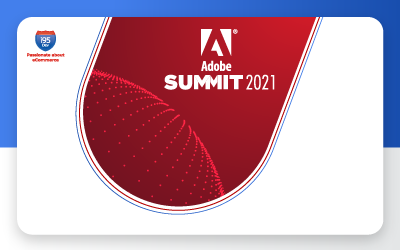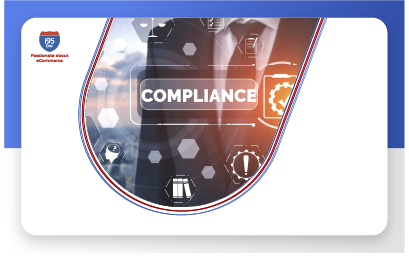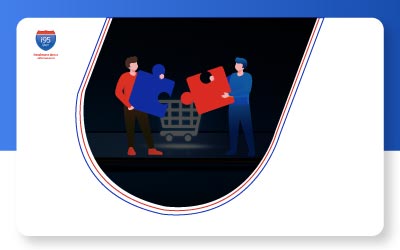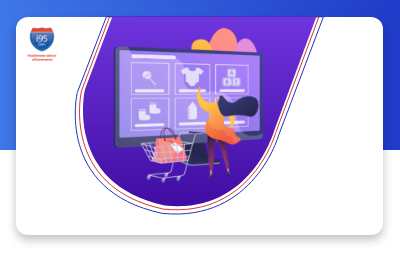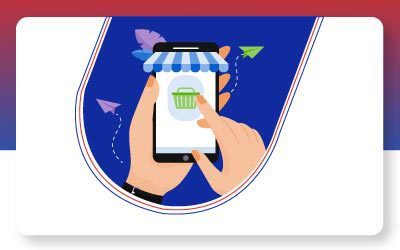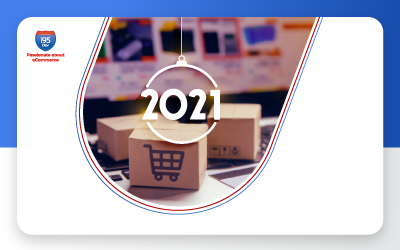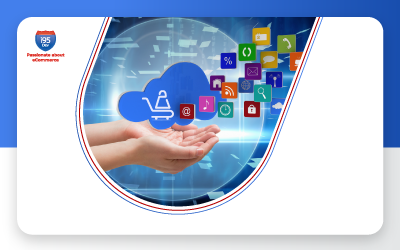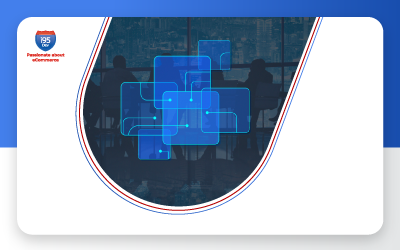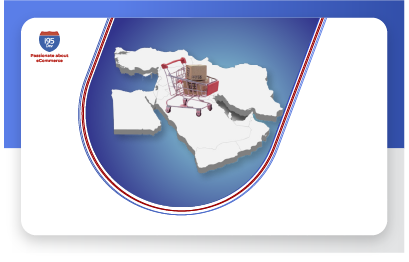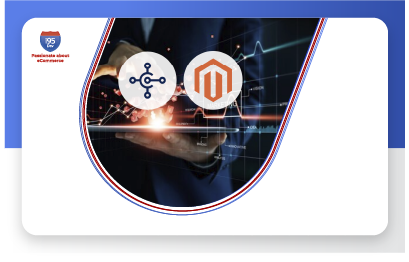B2B – Look beyond basic data
for E-commerce and ERP Integration
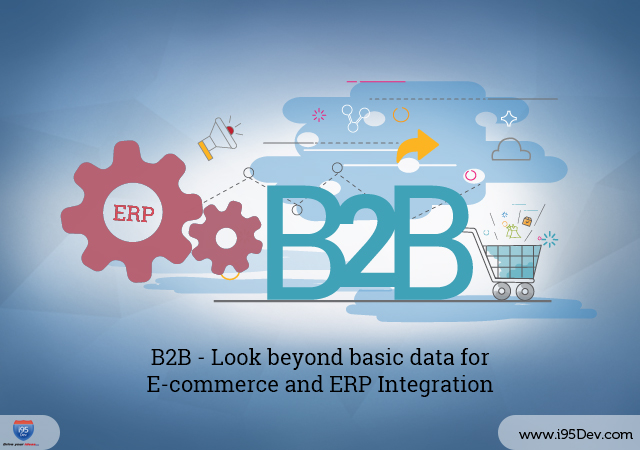
This blog was first published on MSDynamicsWorld.
Before we begin, I would like to thank the readers for the amazing response to the previous article 6 Types of Data to Synchronize Between Ecommerce and ERP Systems. And as promised here is the second article on data that can be synchronized (or additional data that can be synchronized) from B2B business’ perspective.
There is more to e-commerce and ERP integration than just orders, customers, product, inventory, tier prices, shipping, invoices, and payments. Yes, they are the basic data points that must be synchronized between e-commerce and ERP systems, but depending on the business requirements and your end systems, a lot more information can be synchronized between the two systems – though probably not without customizing one of the two systems.
National Accounts
In the B2B scenario, customer information sync takes a different shape altogether. Typically, a B2B customer has multiple users with different privileges. In ERP terminology, B2B accounts are handled as National accounts. They make it easy to define and manage a B2B customer (the organization) as a parent account and then have individual customers within the organization configured as child accounts.
This functionality, by default, is not available in most popular e-commerce solutions and requires customization to support and sync the information from and back to the ERP system. Once customized and integrated, you can leverage the same e-commerce platform for both B2B and B2C customers, provide your B2B customers self-service customer portals, improve resource productivity, and more.
Sales Quotation
A sales quote is the first step for most B2B orders. Typically, a lot of back and forth happens over the phone, emails, and in-person before a quote is accepted and converted to an order. This is because most of the information the sales representatives needs to make a decision resides in the ERP system which is not readily available to them.
With some e-commerce customization and ERP and e-commerce integration, this information can easily be made available to both customers and sales representatives on the e-commerce platform. With the ability to create, modify, and approve a sales quotation online, your customer can now quickly negotiate and convert quotes into orders. This will help you get your B2B customers on board, reduce the quote-to-order time, improve customer experience, improve customer loyalty, and more.
Note: While most ERP systems have features to support this functionality, e-commerce platforms may or may not support quotes. Even if they do, most integration solutions and businesses do not consider this when they talk about integration.
Sales Person
An e-commerce store is not a substitute for your sales representatives. The e-commerce store can very easily complement your sales representatives by giving them access to information that was either unavailable to them or not easily available, because it resided in the ERP system.
You can extend your e-commerce store to act as a sales portal by enabling sales representatives access information in the ERP system (like customer, product, inventory, quote, order, etc.) through e-commerce and ERP integration. This can dramatically increase sales by making your sales representatives more efficient and enabling them to take informed sales decisions. This also positively impacts your customer experience and loyalty thanks to the quick service.
While the information that is made available to the sales representatives includes customers, orders, inventory, etc. it is important to note that ERP systems maintain the sales person role and related information separately. You can sync the basic customer, order, and inventory information, but that alone will not give you the full picture. You will also have to sync the sales person’s related information like their role, associated orders, commissions, and more.
Credit Limits
With most sales happening on credit, credit limits is one of the most crucial features to have in a B2B e-commerce store. The functionality allows users to place orders on credit, capped at a pre-configured amount.
Syncing this information between the ERP and e-commerce system enables you to get your B2B customers on board and provide the same convenience and experience as their B2C counterparts. It ensures consistency in the accounting books, improves B2B customer experience, consolidates account receivables, and more.
Net Terms
Net terms and credit limits go hand in hand. When businesses sell products on credit, they often do so on pre-agreed payment terms (read Net terms). Again, this information is usually available in the ERP system and critical when you want to get your B2B customers on board with your e-commerce platform.
By extending the net terms functionality to the e-commerce and synchronizing this information from ERP to e-commerce you can set up the platform for a seamless and automated B2B customer experience. This enables you to improve your B2B customer experience, streamlines account receivable process, automate payment reminders, and more.
Bill Pay
Payment in B2B industries is a long and complicated process. With sales happening on credit at varying payment terms, collections/ payments plays an important role in maintaining the liquidity for the company.
Traditionally, irrespective of where they buy – online or offline – payments go through a lengthy paper-based payment process. ERP systems, by default, lack any support or feature to ease the complexity associated with payments for B2B businesses. The e-commerce platform can be leveraged to simplify this process by extending it to accept payments online. While, this affects data points that we have already discussed before, credit limits and payments (accounting), it requires special mention because of interdependency between credit limits, net terms, and bill pay. Moreover, the process is also very different from the default invoice and payment sync process.




